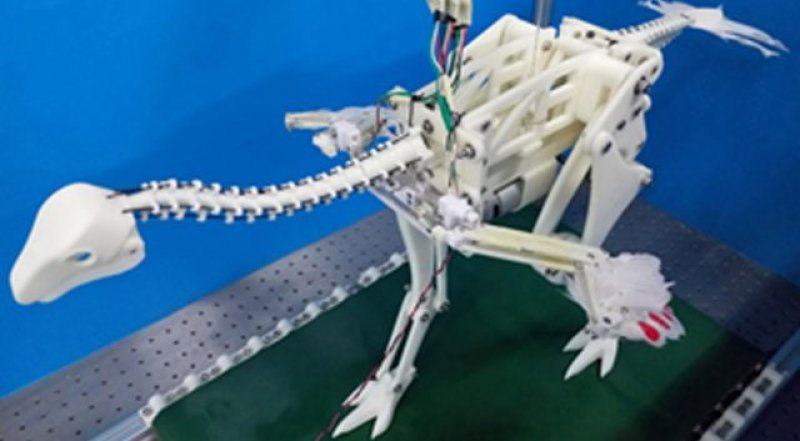Modern birds are believed to have evolved from certain types of dinosaurs, and the transitional species Archaeopteryx sits neatly in the middle. Living about 150 million years ago, this raven-sized creature had an odd mix of avian and reptilian features, sporting feathers and wings but also teeth and a tail. Recent studies have shown that it probably glided, or at most flew in a hopping manner like a pheasant. Others like Anchiornis are thought to have only been capable of gliding.
But a new study suggests that gliding doesn’t necessarily need to be an intermediate step towards active flight involving flapping wings. The researchers focused on Caudipteryx, a larger, peacock-sized animal that is the earliest-known non-flying dinosaur to boast a pair of feathered “proto-wings.”
Although it couldn’t fly, Caudipteryx’s wings might have flapped when it ran, which in turn could have led to the eventual evolution of active flight.
…
To test it out in the real world, the team then built a life-sized Caudipteryx robot that could run at different speeds on a treadmill. And sure enough, the motion of running caused those wings to flap.
Read full, original post: Robot dinosaurs help unlock the evolution of flight































